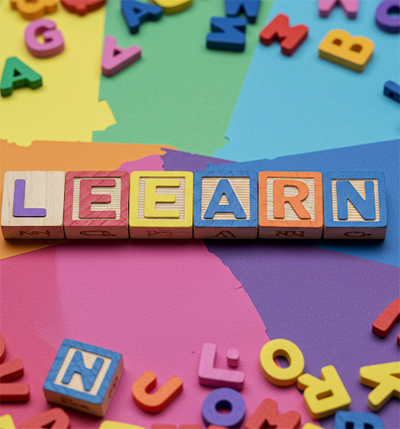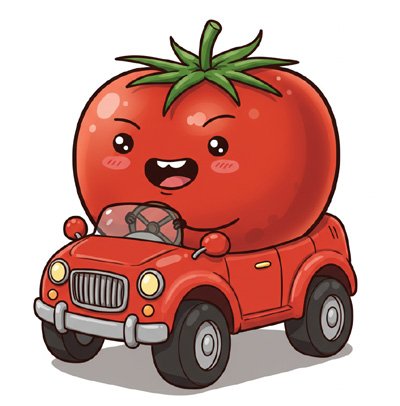Table of Contents
For generations, alphabet blocks and letter tiles have been staples in homes and classrooms, quietly shaping young minds and laying the groundwork for literacy. While they might seem like simple toys or learning aids, their impact on a child’s development is profound. Let’s explore the unique charm and educational value of each.
The Tactile World of Alphabet Blocks
Imagine a set of chunky, colorful cubes, each face proudly displaying a letter of the alphabet. That’s the magic of alphabet blocks. Their appeal lies in their tangible nature. Children can grasp them, stack them, knock them down, and arrange them in countless ways. This hands-on interaction provides a multi-sensory learning experience that goes beyond simply seeing a letter on a page.

Why Alphabet Blocks are Brilliant:
- Tangible Learning: The physicality of the blocks helps children develop a concrete understanding of abstract symbols. Holding the letter ‘A’ in their hand makes it more real and memorable. >>To buy in Amazon
- Spatial Reasoning: Stacking and arranging blocks fosters spatial awareness and fine motor skills. Children learn about balance, order, and cause and effect as they build towers or create simple words. >>To buy in Amazon
- Early Literacy Skills: Even before they can read, children begin to recognize letters through play. They might sort blocks by color, identify familiar letters in their name, or even start to string together simple letter combinations. >>To buy in Amazon
- Vocabulary Development: As children grow, alphabet blocks can be used to spell out words, encouraging vocabulary acquisition in a playful context. >>To buy in Amazon
- Creative Play: Beyond literacy, alphabet blocks inspire imaginative play. A tower of blocks can become a castle, a row of letters can transform into a train – the possibilities are endless. >>To buy in Amazon
Different Types of Alphabet Blocks:
- Wooden Blocks: Classic and durable, often featuring uppercase letters, sometimes with corresponding lowercase letters or pictures. >>To buy in Amazon
- Soft Blocks: Made from fabric or foam, these are safe for even the youngest learners and often come in vibrant colors and textures.
- Magnetic Blocks: Adding a magnetic element allows for building on vertical surfaces and introduces another dimension of play. >>To buy in Amazon
The Versatility of Letter Tiles
Letter tiles, on the other hand, offer a different kind of engagement. Typically smaller and flatter than blocks, they often come in larger sets with multiple occurrences of common letters, mirroring the frequency of letters in the English language. This makes them ideal for word building and more focused literacy activities.
The Power of Letter Tiles:
- Phonics and Spelling: Letter tiles are fantastic for teaching phonics. Children can manipulate the tiles to sound out words, blend sounds, and understand the relationship between letters and sounds.
- Word Building: The ability to easily rearrange tiles makes them perfect for constructing words, exploring word families (cat, hat, mat), and even tackling spelling exercises. >>To buy in Amazon
- Vocabulary Expansion: By creating different words, children naturally encounter and learn new vocabulary.
- Engaging Games: Letter tiles lend themselves well to various word games, from simple matching activities to more complex games like Scrabble or Boggle adaptations.
- Fine Motor Skills: Picking up and placing the smaller tiles helps refine fine motor skills and hand-eye coordination.
Exploring Different Letter Tile Sets:
- Wooden Tiles: Offer a classic feel and durability, often with clearly printed letters.
- Plastic Tiles: Lightweight and easy to clean, often color-coded for vowels and consonants.
- Magnetic Tiles: Can be used on whiteboards or magnetic surfaces, adding another layer of interactive learning.
Combining the Best of Both Worlds
While alphabet blocks and letter tiles each have their unique strengths, they can also complement each other beautifully. Younger children might start with the tactile exploration of alphabet blocks, becoming familiar with letter shapes and sounds through play. As their literacy skills develop, letter tiles can be introduced for more focused word-building activities and phonics practice.
Ideas for Combining Blocks and Tiles:
- Use alphabet blocks to build a base and then use letter tiles to spell out words on top.
- Match letter tiles to the letters on alphabet blocks.
- Create simple sentences using a combination of both.
Nurturing Literacy Through Play
Ultimately, both alphabet blocks and letter tiles are powerful tools for nurturing a love of language and building essential literacy skills. They transform learning from a passive activity into an engaging and hands-on experience. By providing children with these simple yet versatile resources, we empower them to explore the fascinating world of letters and words at their own pace, setting a strong foundation for a lifetime of reading and writing. So, let the building and spelling adventures begin!
